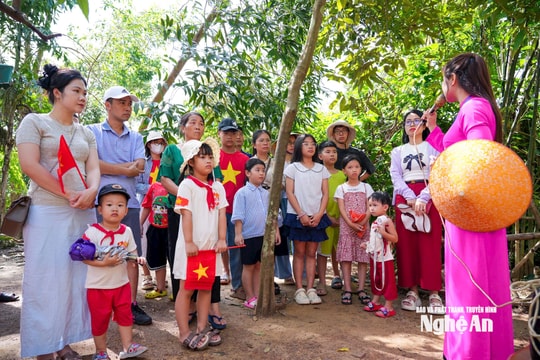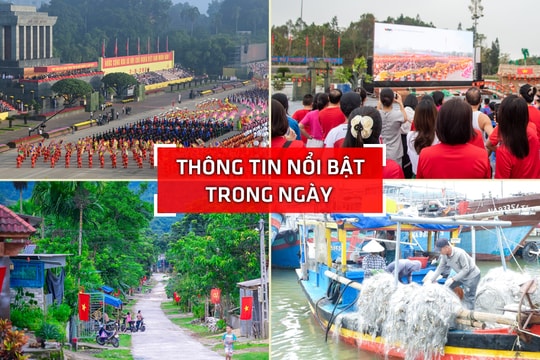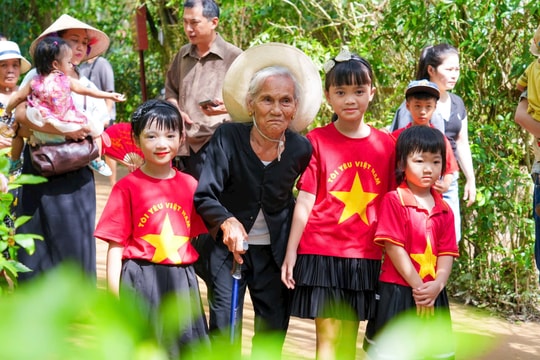More interesting things in the research on Vietnam by an American scholar
(Baonghean.vn) - Environmental history or research on the impact of science and technology on the natural environment, culture, politics and people is probably still a new field in Vietnam.
Therefore, when the book “Rubber and the making of Vietnam: an Ecological History, 1897-1975” by Associate Professor Dr. Michitake Aso (University of Albania, USA) was published, it attracted a lot of attention because it opened up new perspectives and new fields. We would like to introduce some features of the research process on Vietnam and the basic content of this work.
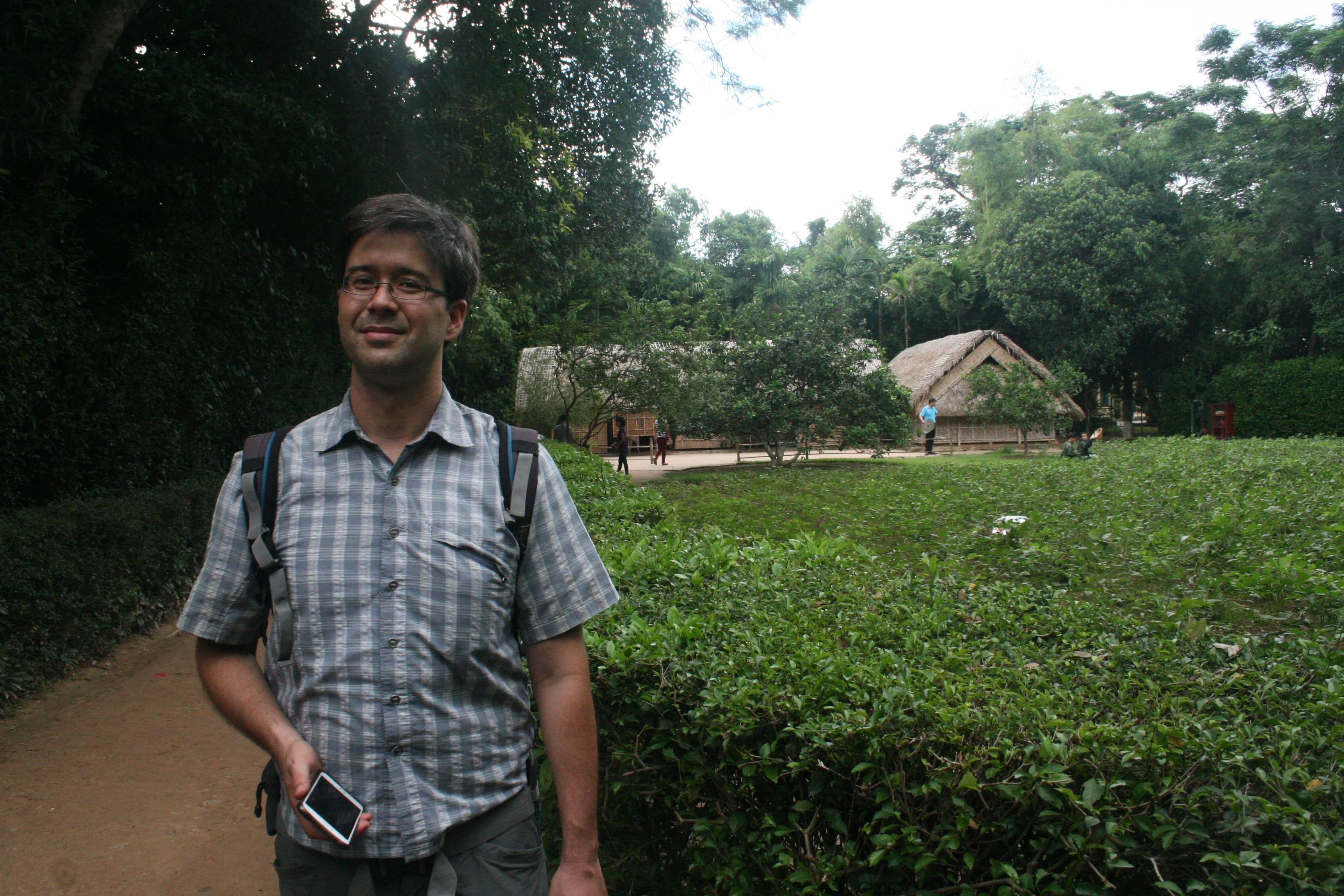 |
| Associate Professor Dr. Michitake Aso (University of Anbany, USA) visited Kim Kien relic site on August 4, 2015. Photo: Bui Hao |
Michitake Aso, whom we affectionately call Mitch, is an American Vietnamologist. He is currently an Associate Professor, an expert on environmental history and many issues of Asian history at the University of Anbany (New York, USA). He is also a scientist with nearly twenty years of research on Vietnam and has published many works related to the history, culture and environment of Vietnam in many prestigious magazines around the world.
Since 1999, after graduating from university, he came to Vietnam to work and do research. He is very interested in the impact of toxic chemicals Dioxins on the environment and human health in Vietnam. Through documents related to the discovery of the dangerous effects of Dioxins on the natural environment as well as humans by many American scientists, they spoke out against the US Government, forcing the US to stop using these chemicals in the war in 1971.
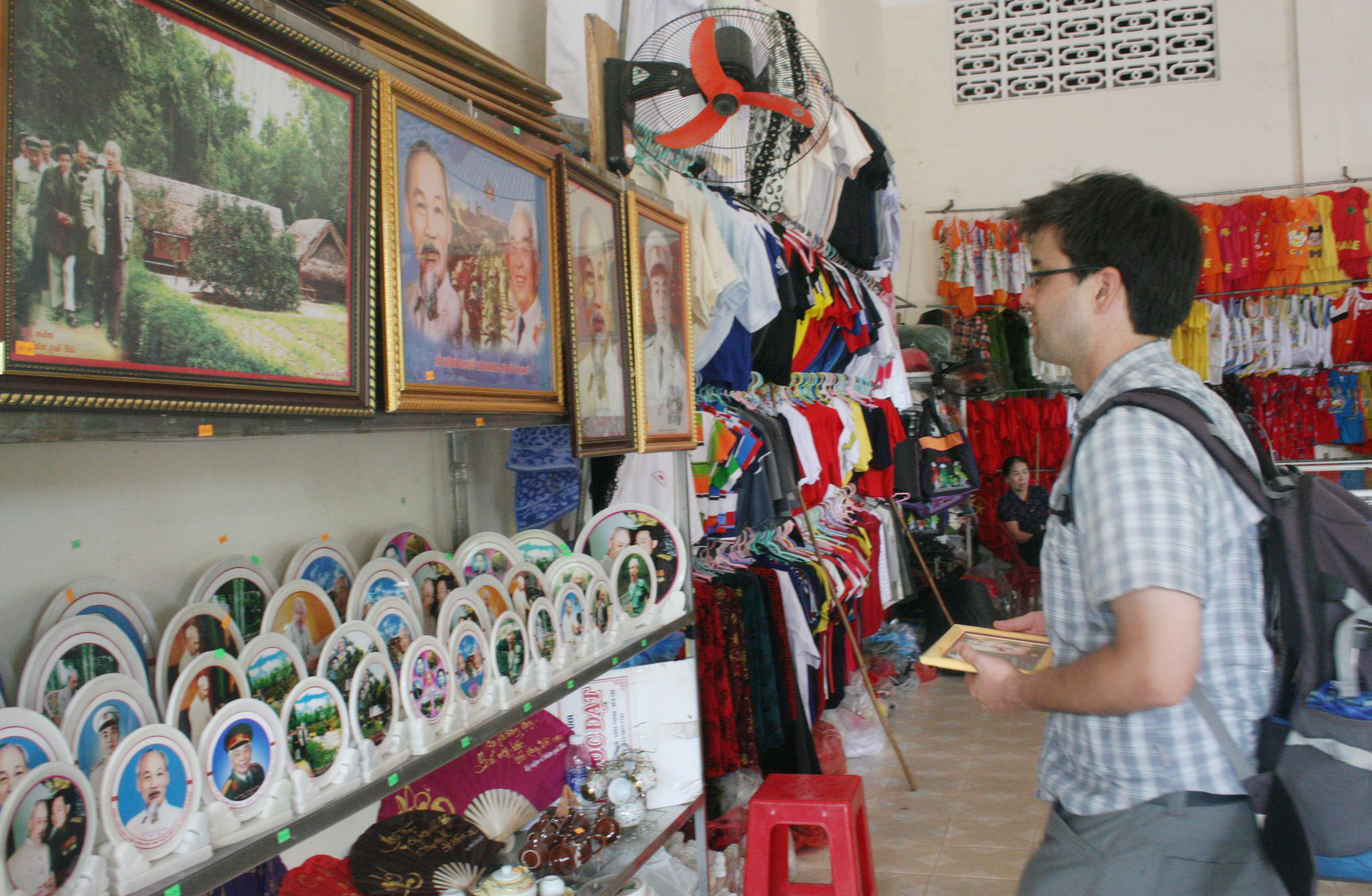 |
| Associate Professor Dr. Michitake Aso looks at souvenirs about President Ho Chi Minh at Kim Lien Relic Site, Nam Dan on August 4, 2015. Photo: Bui Hao |
This matter caught Mitch's attention after he had spent some time in Vietnam working. In 2001, when he started his master's program, he chose Vietnam to find answers to his concerns related to this issue. He returned to Vietnam to collect related documents.
In 2005, he defended his master's thesis on the impact of dioxins on the natural environment and human life in Vietnam. His research area is mainly in the Southeast, on the issue of rubber tree planting, rubber plantations during the French colonial period as well as later. In 2011, he defended his doctoral thesis on the impact of rubber tree planting on the environment and human life in Vietnam since the French colonial period.
He then expanded his interests to include the impact of science and technology on the natural environment, cultural life and production of people in Vietnam and Southeast Asia. Not only that, he also paid much attention to the dissemination of scientific knowledge, especially in the field of medicine, on the relationship between modern medical knowledge and traditional medicine through the lens of cultural history. His research works have attracted the attention of many people interested in Vietnam and Southeast Asia, it also opens up new areas in the study of environmental history in this region.
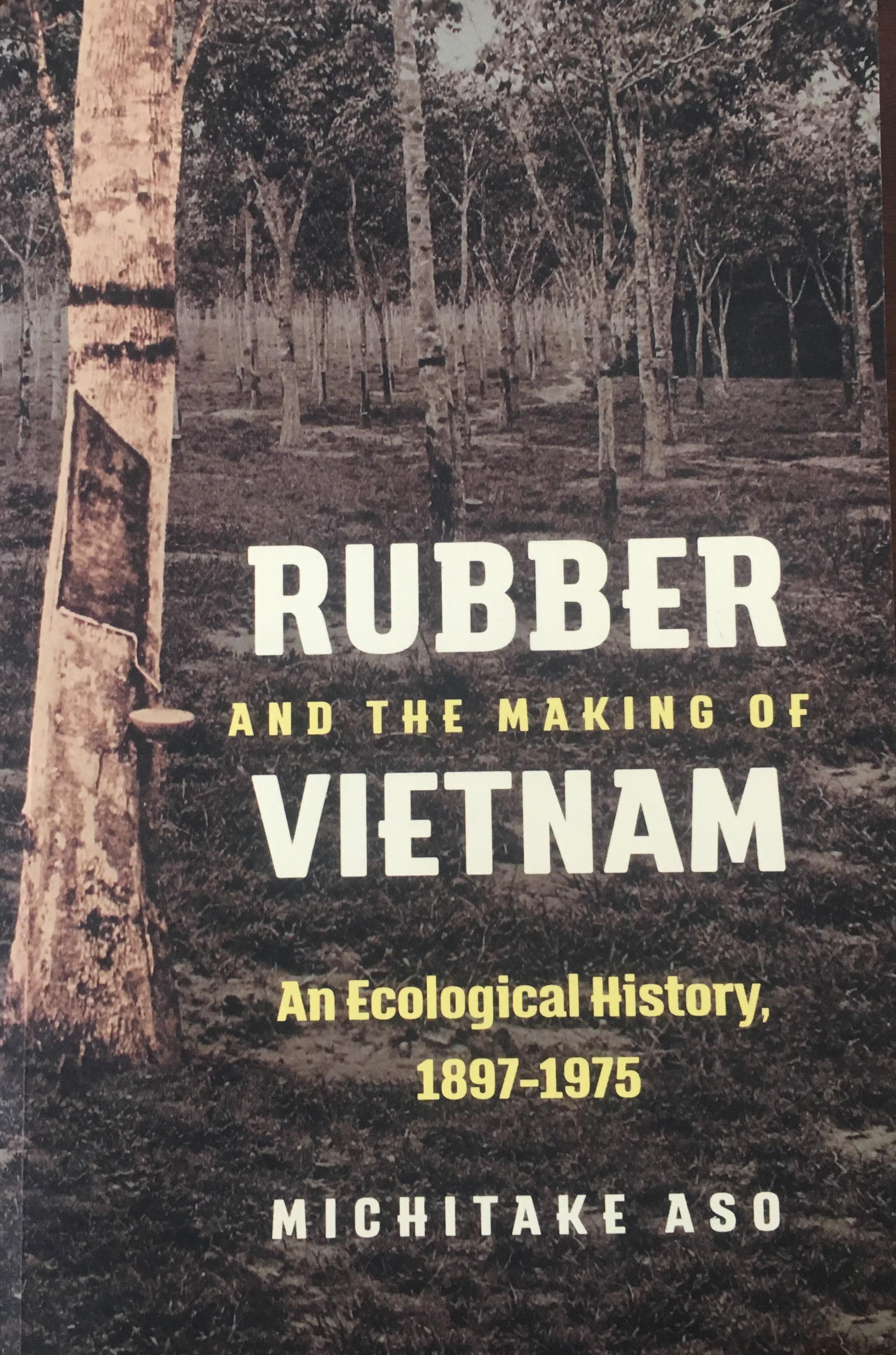 |
| Research work on Vietnam by American Vietnamologist - Associate Professor Dr. Michitake Aso (University of Albany, USA). Photo: Bui Hao |
The book “Rubber and the making of Vietnam: an Ecological History, 1897-1975” is a dedicated research work that Mitch has painstakingly collected, researched, and discussed for more than a decade. Every year, from the US, he travels to France to find archival documents about Vietnam, then goes to Vietnam to exploit historical documents as well as meet researchers to discuss. National archive centers in Hanoi and Saigon have all left their footprints for many years.
With his proficiency in many foreign languages, focusing on exploiting documents in English, French and Vietnamese, Mitch has accessed many important sources that were previously unknown to many people. In the first draft, he titled it “Forest without Birds: Rubber and Environmental Crises in Vietnam, 1890-1975”. But by 2018, when the book was published, there had been certain changes.
In Rubber and the Making of Vietnam: An Ecological History, 1897-1975, Mitch systematically examines the impact of rubber plantations on the natural environment and people of Vietnam. Perspectives from environmental history and ecological anthropology inform this work. In this groundbreaking study, Mitch documents how rubber plantations dominated the physical and symbolic landscapes of Vietnam and its neighbors, structuring the region’s environments, conflicts, and violence. Drawing on the stories of agronomists, medical doctors, laborers, and revolutionary leaders, he examines the vision, continuity, and change of socialist agricultural and medical practices as a modified continuation of their colonial and capitalist predecessors in important ways. As rubber infrastructure improvements were funded and created a skilled workforce, private and state plantations became landscapes of oppression, resistance, and modernity.
One of the important points is that Mitch sought explanations for military conflicts, wars, and cultural changes through a problem originating from science and technology. From the historical ecological perspective of the rubber plantation industry, he delved into the history of culture, medical issues, diseases, wars and class conflicts, as well as the reform process to build socialism. It gave readers an idea of environmental history, conflicts, wars, and the use of medical knowledge and agricultural production knowledge in Vietnam during a pivotal historical period for the modernization process in this country.
Environmental history, or the study of the impact of science and technology on the natural environment, on cultural life and people, has been of interest to many agencies and researchers in the US and developed countries since the 19th century, when scientific and technological achievements increasingly played a decisive role in human development. However, in Vietnam, it is also a new field. Meanwhile, research on 20th-century Vietnamese history from an ecological perspective, or from environmental history and its relationship with cultures are also new perspectives that have not received much attention.
Therefore, the appearance of the book “Rubber and the making of Vietnam: an Ecological History, 1897-1975” will have certain values in terms of epistemology and methodology. However, to make it accessible to more people, quality translations are needed, and this article only introduces a few general things about the author and the research work. To have quality translations, the attention of experts and additional support from generous donors is needed./.


.jpg)
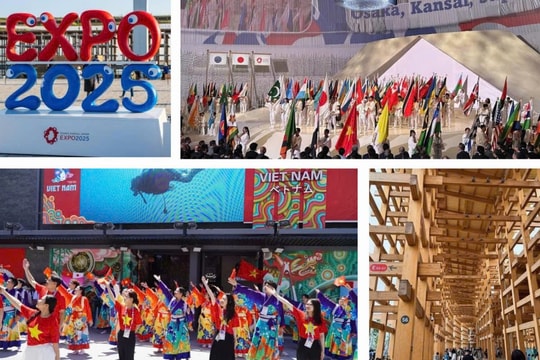
.jpg)
